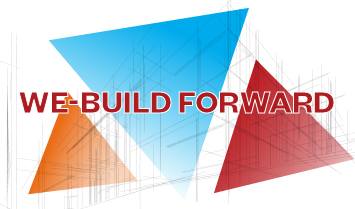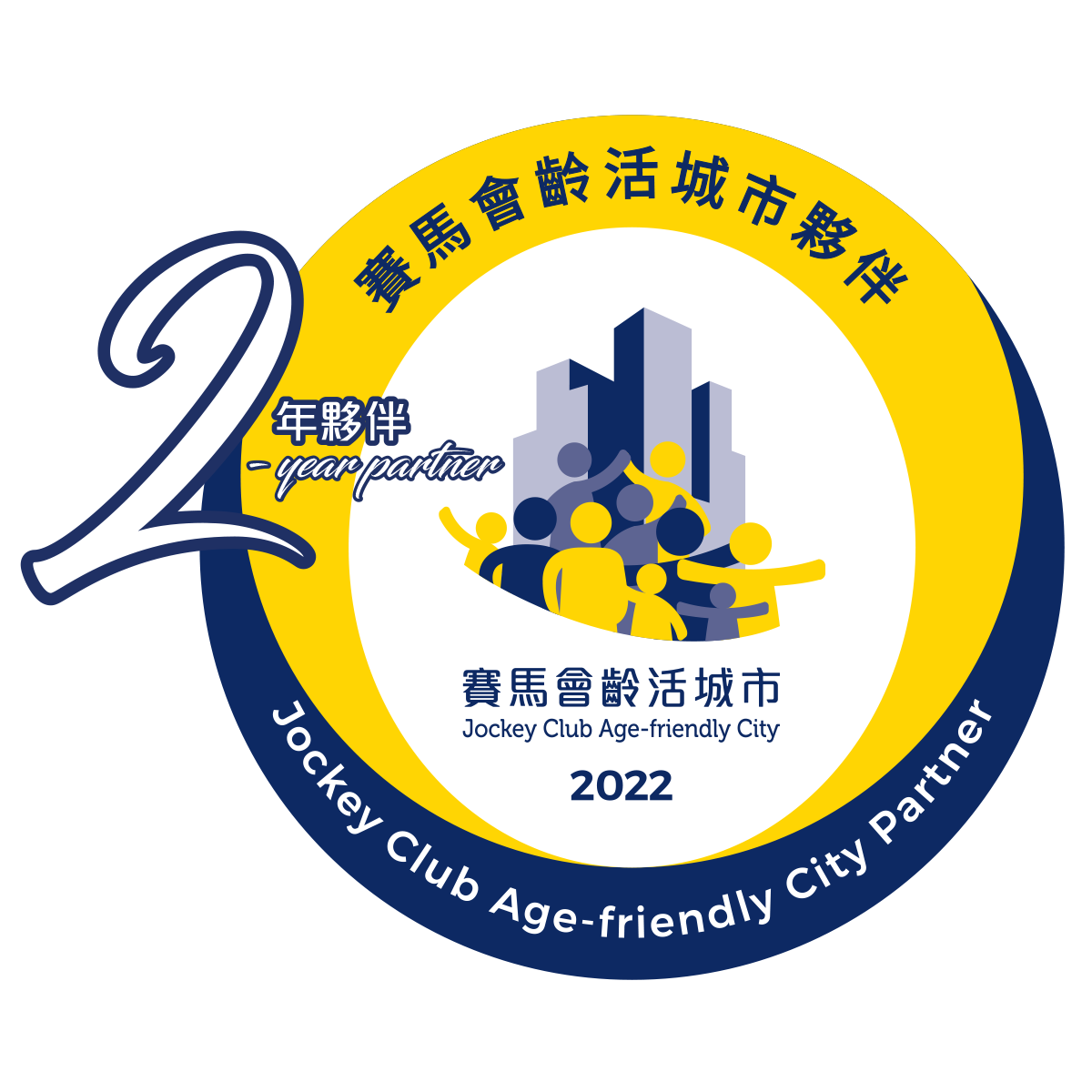Environmental Enhancement & Greening
Apart from measures to reduce ecological impact, further initiatives are available to enhance the existing environment. Environmental enhancement may be in the form of green space, accessible design or pedestrian linkages. For example, a pedestrian bridge that allows access to mass transit and safe passage separated from vehicular traffic.
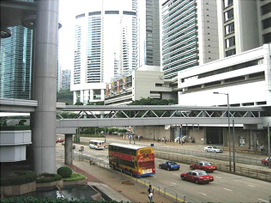
Stanley Waterfront Improvement Project
Demonstrates an urban integration by hightlighting the existing characteristics as a vibrant beach town with a village-style market and to introduce a spacious boardwalk dotted with open-air cafes along the waterfront.
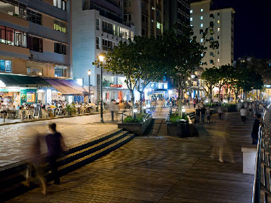
Greening means to maximize the provision of greenery coverage including green roof on short span structures, roof/podium landscaping, vertical greening and other landscaping features. These greening facilities offer many environmental and social benefits including thermal insulation, reduced heat island effect, rainwater capture, and a pleasant space for social gatherings. Increased pervious area and greenery coverage on a building site can mitigate soil erosion and risk of flooding by increasing the site’s ability to capture, store, and reduce the level of runoff during a storm event.
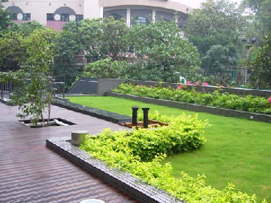
2/F Podium Garden at Rehabilitation Block at Tuen Mun Hospital Phase II
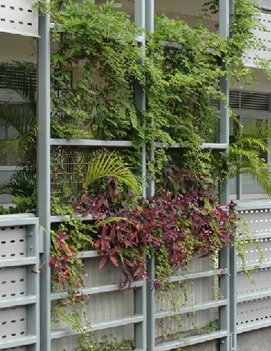
An example of vertical greening at Primary School in Area 65, Tseung Kwan O
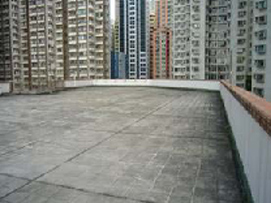
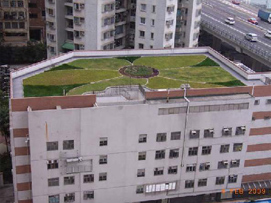
Causeway Bay Community Centre – Before and after renovation of the roof top.
Universal accessibility is a design approach that is inclusive and allows for the participation of a diversity of users. Its design is accessible to the widest spectrum of users in the community, regardless of age and ability. It does not discriminate the users, whether they are the elderly, the average person, pregnant women, youngsters or people with disabilities. A building which is universally accessible ensures that all persons are able to participate and enjoy the amenities it offers. Its design features include accessibility ramps, elevators, and visual and auditory aids.
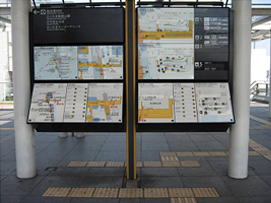
Interactive multi-media signboard that transmit information signals to portable terminals held by the user
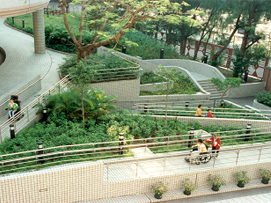
An example of accessible ramp at change in levels in an open space









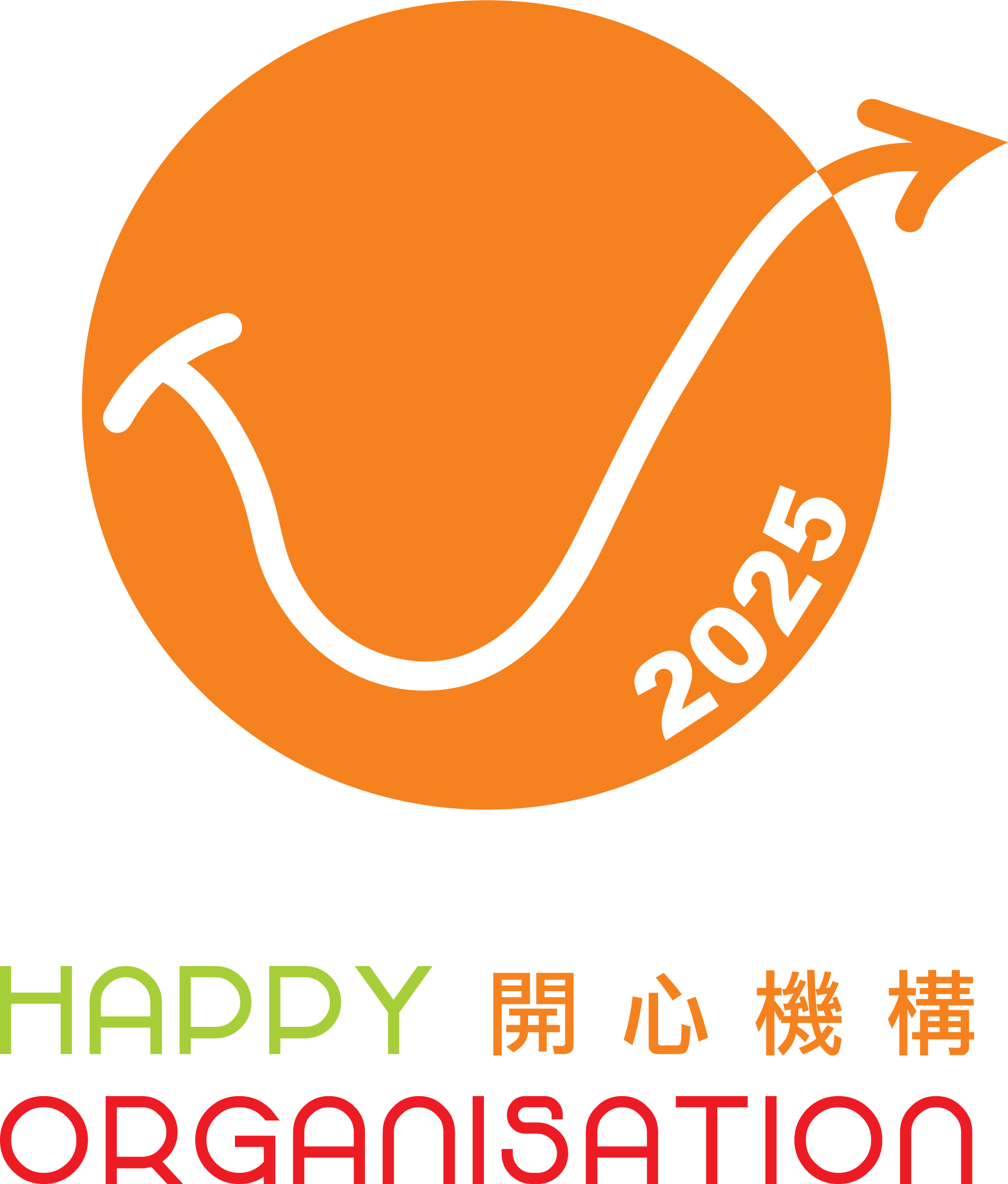





_EN_85x50.png)
